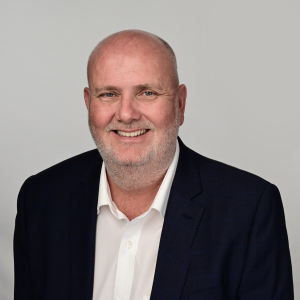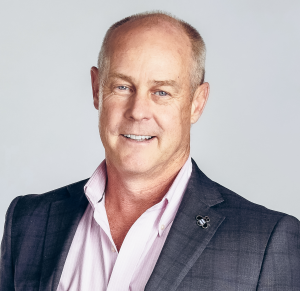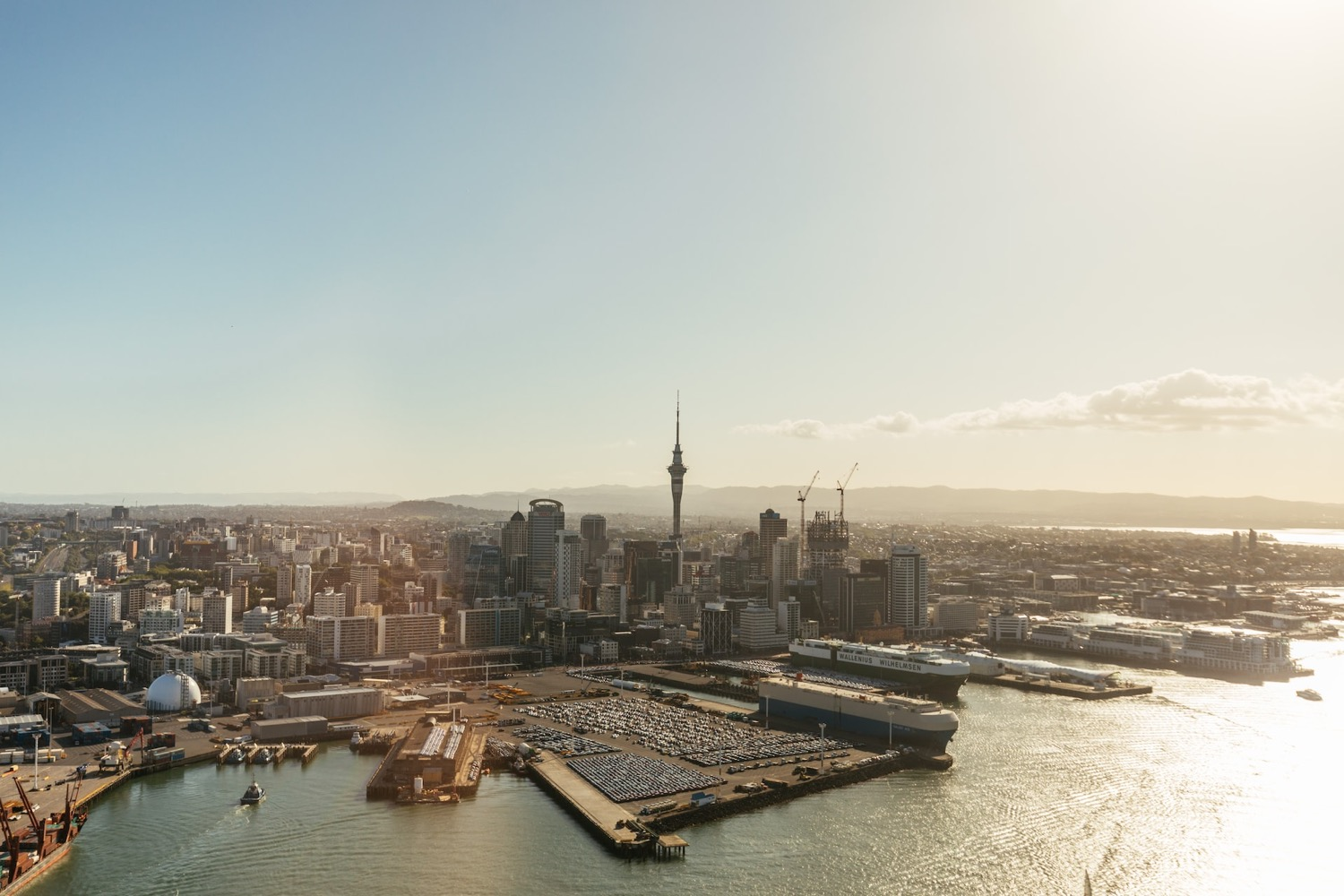Challenging economic conditions mean companies are looking afresh at their strategy and future prospects – including not just what they do, but where they do it – their geographical footprint. While such reviews are often driven by financial pressures, it makes sense to regularly revisit business cases to support expansion, way ahead of problems emerging, to consider whether they remain valid.
This doesn’t need to be war and peace – Boards should ask questions at the macro level (I like simple PESTLE type analyses here) as well as taking a hard look within the business itself to see if it remains a “must have”; has become a “nice to have”; or worse, a “shouldn’t have”!
I recently worked with an Australian Group which, like many of its competitors, had struggled over the past 18 months or so – really ever since COVID if we’re being honest!
The Group which has a number of branches throughout Australia and a subsidiary in Auckland had, perhaps belatedly, began looking at its geographic footprint, including the New Zealand subsidiary and whether it was where it should be.
Discussions with the senior management team in Australia and the staff on the ground in New Zealand, soon made it clear that there was a disconnect:
- The Group had a new strategy aimed at the premium end of the market – the Auckland business was however a commodity offering;
- The Auckland business was unloved – under invested, little interaction with Head Office, loss of personnel etc;
- The New Zealand market outlook was looking tough with reduced opportunities, margin pressure and with regulation increasing, especially in the realm of health and safety, it was hard to see how any future investment would generate a justifiable return; and
- The General Manager had moved on and while there was a good team below him, a new leader was needed who would “run it like they owned it”.
Despite these clear challenges the natural inclination was to try and turnaround the fortunes of the unperforming subsidiary, but there were a lot of hurdles to clear:
- As the subsidiary was the only one in NZ, it was remote from the Group and suffered accordingly. Could the parent give the attention it needed?
- The cost of investing in the new assets required to recover and grow was substantial. Was this the best use of available capital?
- There was the potential to acquire a competitor (all were struggling) to increase presence and therefore increase senior staff (and support) in NZ. The sector however was oversupplied with no line of sight to a brighter future – would the Group just be buying a bigger problem?
- How long would a turnaround take and what were the guarantees of success? The subsidiary was bleeding cash and a distraction to management which was trying to deliver the new Group strategy.
Unsurprisingly, the decision was made not to stay, but to go – but this presented a bunch of new challenges:
- The subsidiary had been loss making and was asset heavy with many of the assets needing significant investment. Given the state of the market a sale (at a price higher than the value of the assets) would be challenging and with all back office support provided by Sydney – how difficult would the subsidiary be to separate?
- If the subsidiary were closed and the assets were sold piecemeal, what would they realise?
Despite these concerns, the Group concluded that the best course of action was to seek to preserve jobs, minimise contractual claims for damages and endeavour to optimise asset values by exploring both an expedited going concern sale and also be prepared to close if that was unsuccessful.
So, a twin track process was agreed:
- Potential purchasers were identified, an offer document and data room prepared, and we drove a number of conversations with direct competitors and other industry participants.
- Alongside this process, we were assessing the time, cost and realisations of an orderly wind-down, in detail, which involved developing a timetabled action plan in which we considered:
- Current project completion dates;
- Committed projects expected start dates and duration;
- Staff required and over what period to complete all commitments;
- Ability to retain staff needed to complete a wind-down and likely retention costs;
- Cost of maintaining premises, staff etc to meet obligations vs revenue generated;
- Contracts in place with suppliers (including vehicle leases), subcontractors and customers (ability to cancel projects not yet started);
- Term of property lease and early exit / make good penalties and possibility of sub-letting;
- Outstanding employee liabilities and contractual obligations;
- Market value of assets if sold all at once and the costs (commission, freight) of doing so;
- Cost of transporting the assets to an Australian branch rather than selling in NZ;
- Outstanding creditors;
- Likely debt collection issues once the market is aware of the closure.
As it turned out, the best outcome became a hybrid one – after the business was rationalised and with a pragmatic view on asset valuation, the remaining NZ management team offered to acquire the business, with some vendor finance from the Group. Support from the landlord to offer terms to the Management team was crucial and, with the Management team beginning to act as Owners, new contracts began to be won.
The deal was done, jobs and reputations preserved, and liquidation avoided. The Group didn’t exactly walkaway flush with cash(!) but on so many measures this was the best possible result.
I guess the lesson here is threefold:
- The process of reviewing footprint is a constant one and shouldn’t be event driven. Be prepared to take an objective assessment, ask the hard questions, challenge biases and assumptions and make a call early;
- A healthy dose of pragmatism is needed when it comes to exiting – a slow exit is rarely the best option but if time and space can be created, new options can emerge; and
- An open and consultative approach can yield the best result – so involve all stakeholders.
So, if you are considering what to do with an underperforming or non-core part of the business, reach out, we can help develop a strategy, detailed step by step plan and assist throughout the process.
At Greenmount we help to transform your business to perform at its best, we partner with businesses over the medium term (1-2 years) to deliver on exit ambitions – developing and implementing the right strategy where needed; restructuring the organisation as required; mentoring management; and driving towards long term profitability, succession or exit.
Your Operating Partners:

Paul Billingham

Cath Holland

Doug Robinson

